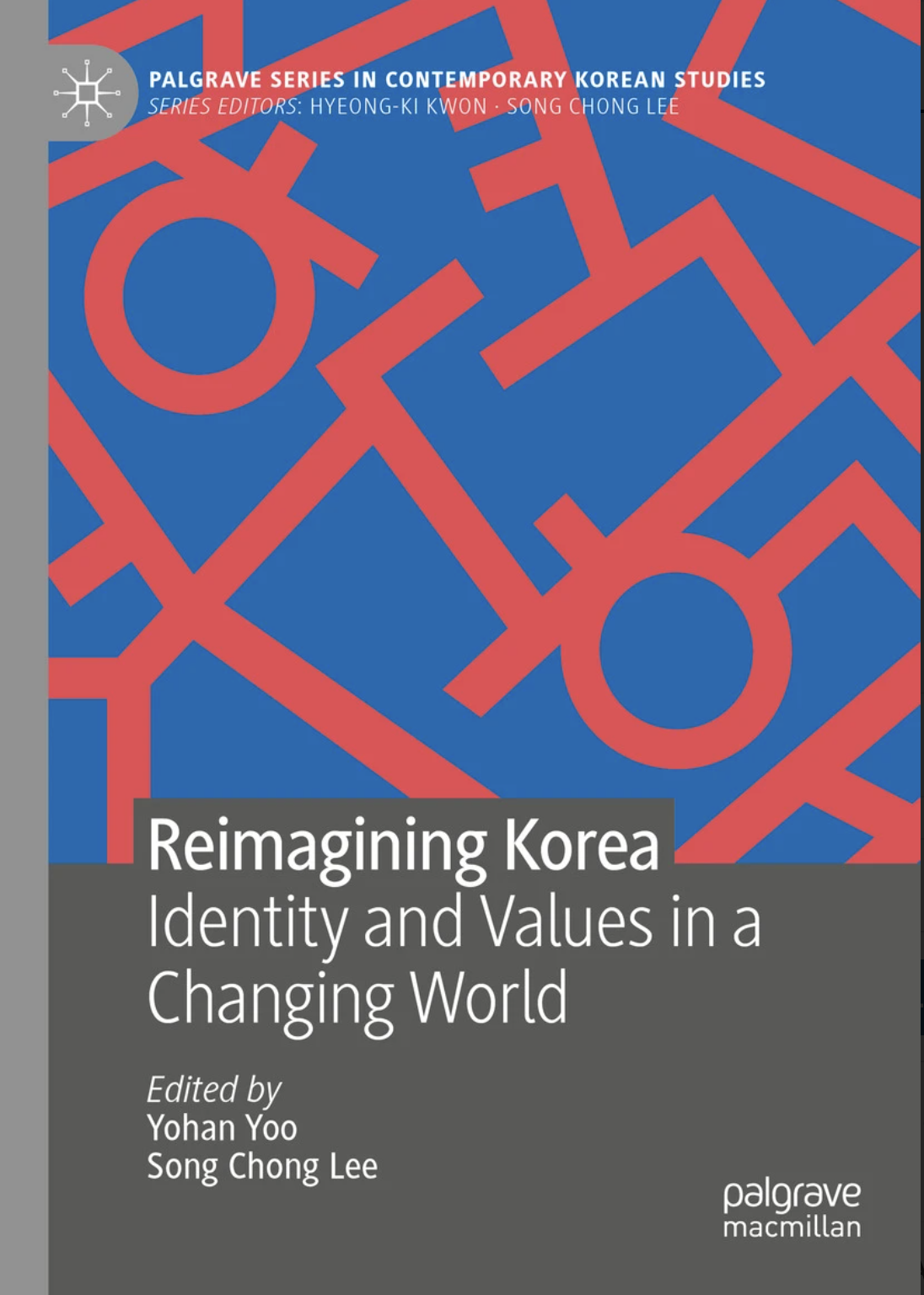
Constructing K-Multicultural Space from Below: A Case of Little Manila and Korean Catholic Church
저자: 정현주(아시아연구소 아시아이주센터)
Reimagining Korea Identity and Values in a Changing World, edited by Yohan Yoo & Song Chong Lee, Springer, 2025.
This study explores the development of multicultural spaces in South Korea, focusing on Little Manila in Hyehwa-dong and the pivotal role of the Korean Catholic Church. As South Korea transitions into a multicultural society, its top-down immigration policies, like the Employment Permit System, have created a unique socio-spatial landscape where migrant communities are selectively integrated. Unlike Western multicultural models, which emphasize civil rights and cultural diversity, South Korea’s approach is characterized by economic pragmatism and controlled socio-spatial mobility. Little Manila, centered around Hyehwa-dong Cathedral, serves as a case study of how grassroots efforts, led by religious institutions, have fostered multicultural coexistence despite restrictive governance. The Filipino Catholic community has utilized church resources and transnational networks to create a space that combines religious, social, and cultural functions, including the establishment of the Filipino street market and Raphael Clinic. These spaces not only support Filipino migrant workers but also function as inclusive hubs for cross-cultural interactions, blending local and global elements. Through fieldwork and interviews conducted over several years, this study highlights the critical role of civil society and religious institutions in mediating multicultural transitions. It argues that such bottom-up initiatives are instrumental in shaping Korea’s unique form of multiculturalism, which blends coexistence and cultural exchange within a framework of structural constraints.

